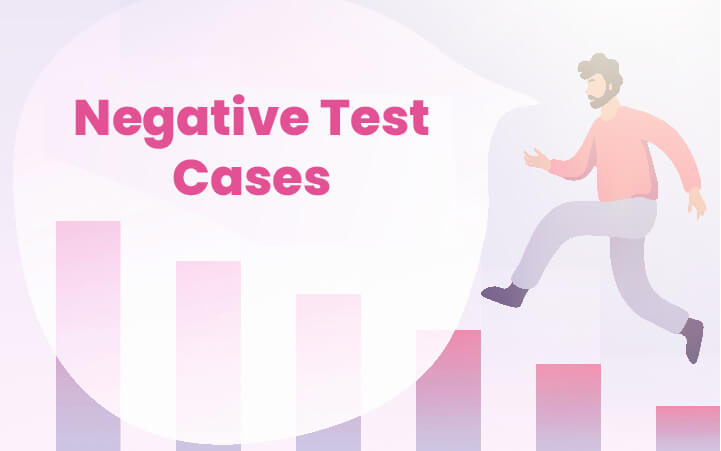The primary goal of any developer is to build a quality product that will fulfill all business requirements and meet the end-users expectations. They require a solid quality assurance process that prioritizes finding as many bugs and defects as possible to achieve this goal. This means writing test cases and designing test scenarios that check whether the software performs all its intended functions smoothly. But it also means ensuring the software can handle unexpected user behavior and negative inputs without breaking down.
While there are different types of tests to validate the software – unit testing, functional testing, integration testing, regression testing, smoke testing – these tests can be categorized broadly into two parts.
1. Positive or happy path testing and 2. Negative or failure testing.
This blog will cover all the basics of negative testing and how automation helps. Let’s dive in!
So, what is negative testing?
In positive testing, you focus on setting up tests to validate the software’s expected functionalities. The test is performed with valid, desired sets of data. As long as the test results come as expected, you can assume your application works fine.
But here’s the catch: what happens when you enter invalid data? Or when the end-user behaves in an unexpected way that has not been coded into the software?
That’s why you need negative testing. Unlike positive testing, negative tests handle exceptions and invalid data. The test reveals how the system responds to an event wherein the erroneous data is entered.
How does negative testing work?
You need to test the software by entering the wrong data into the fields in a negative test case scenario. The expected output is then compared to the incorrect input to understand whether or not the system will crash.
Both positive and negative tests play integral roles. One without the other will end up with a product that’s not user-friendly.
What are the most common negative testing scenarios?
Filling in fields marked as mandatory
Most forms consist of fields that the users must fill to move to the next stage. But what happens when the user doesn’t fill them in? Negative tests can reveal whether the message box shows correctly or not.
Matching data and field types
Dialogue boxes and forms are designed to accept specific data types. For instance, date fields can only accept numeric data, while email fields cannot accept special characters.
Allowed number of characters
Fields have a limit on the number of characters they can allow. Most name fields only allow fifty characters. Any more than that, an error message pops up. Negative testing helps validate this invalid entry.
Permitted data bounds and limits
Applications usually only accept data-bound within a certain range. In this case, to validate application behavior, build a negative test case that enters a value lower than the lower acceptable limit or greater than the upper limit.
Reasonable data
Reasonable data refers to fields that have reasonable limits on entries. For instance, the age field cannot be negative or something unusual like 200 years. The system needs to recognize this behavior, flag it as inappropriate, and guide the user towards filling it the right way.
How is negative testing performed?
There are two popular techniques to perform negative testing.
Boundary value analysis
Test cases are designed for invalid values outside the boundary limit in this strategy. If the limit for the field is 1 to 100, those will also form the boundaries for the negative test.
Equivalence partitioning
In this strategy, you divide the input values into different partitions. Values from each section are then tested. This black-box testing technique requires fewer test cases while giving accurate results.
Negative test cases go a long way in ensuring the software is of a stable build and can withstand unconventional behavior efficiently. It would be best if you focused on understanding the functional requirements of the AUT to build good negative tests. Also, choose proper input values to ensure maximum coverage. Additionally, using robust automated negative testing software can also help in this case. It’s no surprise that 44% of organizations are looking to automate more than half of their testing needs.
Avo Assure, a heterogeneous, no-code automation solution, enables full test coverage while making testing more accessible for all. Moreover, it also boasts intelligent visual reporting, smart scheduling, cross-platform testing, and a pre-built keyword library. Avo Assure helped a Fortune 500 manufacturer improve SAP application quality, achieve 100% automation, and increase the first-time-right ratio to 90%.
If you’re looking for a solution to automate all your testing needs, then book a demo with us today.





